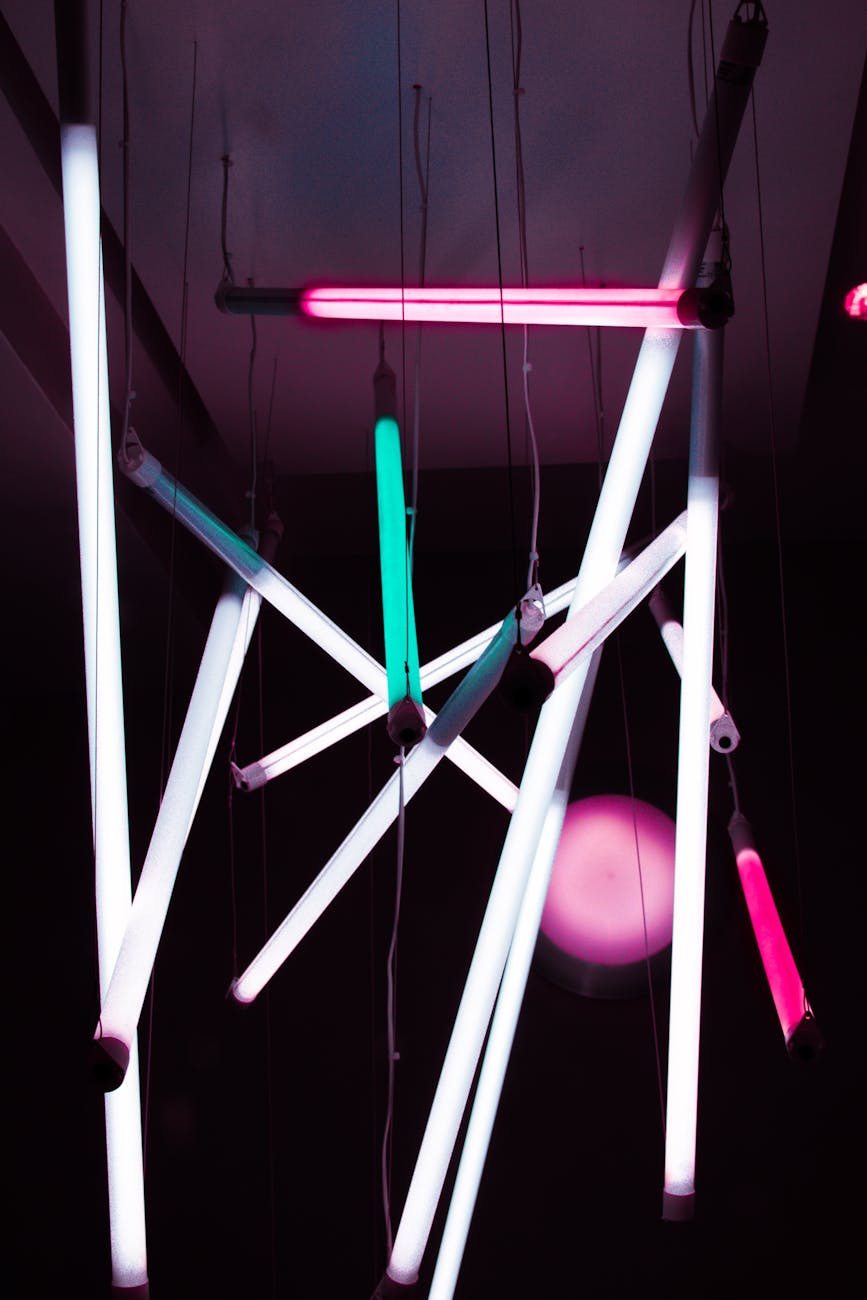“`html
The Ultimate Guide to Desk Lamp Placement for a Healthy Workspace
A well-lit workspace can make a world of difference in both productivity and health. Poor lighting strains the eyes and can lead to headaches, fatigue, and decreased productivity. The key to achieving optimal lighting in your workspace involves not just the quality of light but also the placement of your desk lamp. In this ultimate guide, we’ll explore why lamp placement matters and provide practical tips for creating a healthier and more efficient workspace.
Why Desk Lamp Placement Matters
Your desk lamp isn’t just about illuminating your paperwork or keyboard. Proper placement can reduce glare, minimize eye strain, and create a balanced light environment. By optimizing the position of your lamp, you can ensure even distribution of light and create a more comfortable and efficient workspace.
Understanding Light Layers
Effective lighting in a workspace involves layering different sources of light. These typically include:
- Ambient Lighting: This is the overall illumination that fills the room, often provided by ceiling or overhead lights.
- Task Lighting: This is the direct light provided by your desk lamp, specifically aimed at the areas you’re working on.
- Accent Lighting: Accent lights highlight specific objects or areas but can also be used to create depth in your lighting scheme.
Tips for Optimal Desk Lamp Placement
Here are some practical tips to help you place your desk lamp in the most beneficial position:
- Position on the Opposite Side of Your Dominant Hand: To avoid shadows while writing or typing, place your lamp on the opposite side of your dominant hand.
- Avoid Direct Eye Contact: The bulb of your desk lamp shouldn’t be in your line of sight. This helps prevent glare and eye strain.
- Height Matters: Ideally, the bottom of the lampshade should be at about eye level to prevent direct exposure to the light source.
- Adjustable Lamps for Flexibility: Using a lamp with adjustable arms and heads can help you direct the light precisely where it’s needed at different times.
Additional Considerations
Keep in mind that natural light is a significant component of a healthy workspace. Whenever possible, complement your desk lamp with natural light, such as by placing your desk near a window. This provides a balanced environment and can boost your mood and productivity.
Benefits of Proper Desk Lamp Placement
Implementing these strategies will not only enhance your workspace aesthetically but also improve your work quality. Benefits include:
- Reduced Eye Strain: Balanced lighting helps alleviate tension and fatigue.
- Increased Productivity: By minimizing distractions like glare, you’ll be able to focus better and work longer without discomfort.
- Enhanced Mood: Good lighting has been shown to improve overall mood and energy levels, creating a more pleasant work environment.
Conclusion
The strategic placement of your desk lamp is an often-overlooked aspect of workspace optimization that can have significant benefits for your health and productivity. By applying the tips outlined in this guide, you can create a more comfortable, efficient, and aesthetically pleasing workstation. Remember, the key is to layer your lighting and adjust your desk lamp settings and position according to your unique needs.





